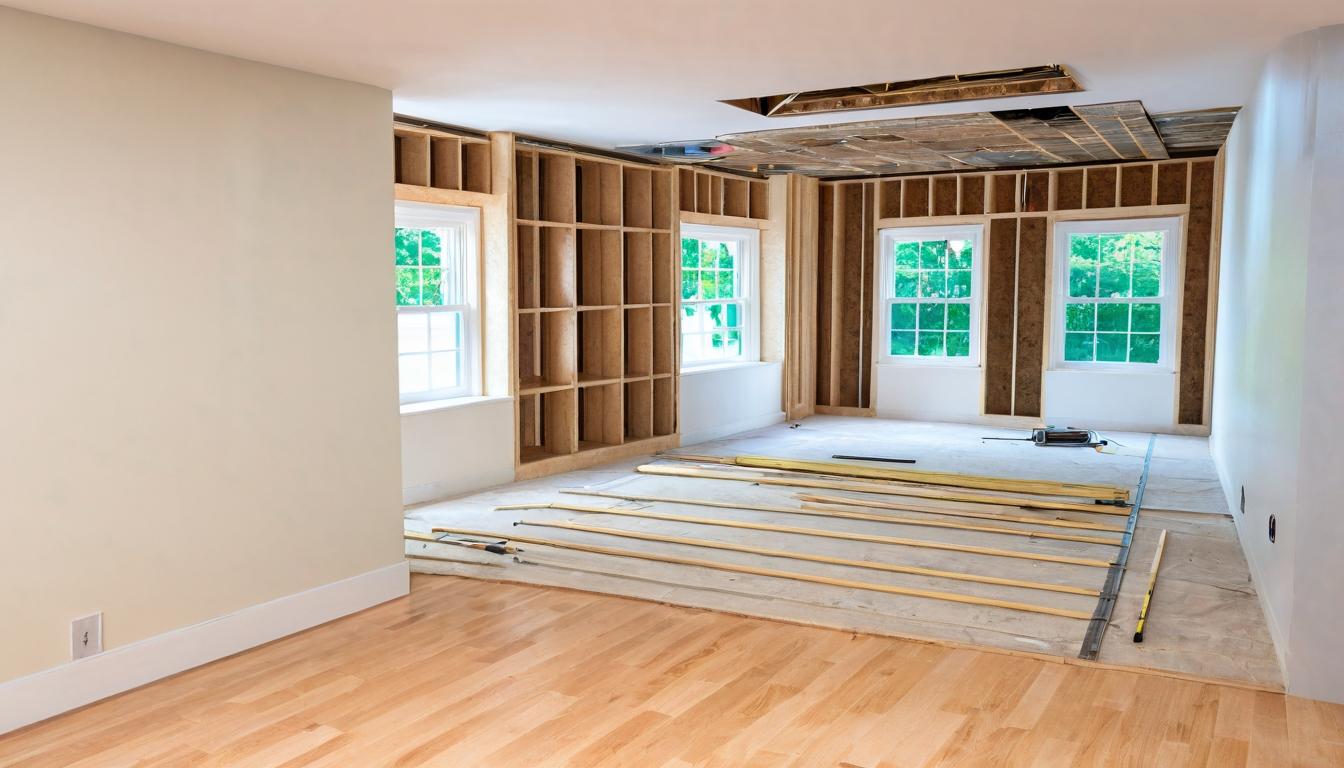Walking through the gleaming aisles of home improvement stores, you'd think transforming your space was as simple as picking out paint colors and cabinet handles. The reality, as countless homeowners have discovered through gritted teeth and drained bank accounts, is far more complex. The true price of renovation isn't just in the materials or labor—it's in the unexpected discoveries, the regulatory hurdles, and the psychological toll of living in a construction zone for months on end.
Consider the case of Sarah and Mark, a couple in Austin who planned a simple kitchen update. Their contractor quoted $25,000 for new cabinets, countertops, and flooring. What he didn't mention—because he couldn't know—was that behind their existing walls lay outdated electrical wiring that wouldn't meet current code. The discovery added $8,000 to their bill and delayed their project by three weeks. This scenario plays out daily across the country, turning budget-friendly renovations into financial nightmares.
Then there's the permit problem. Many homeowners, eager to save money or time, skip proper permitting. What they don't realize is that unpermitted work can haunt them years later when they try to sell their home. Buyers' inspectors flag unpermitted additions, and suddenly that $15,000 sunroom becomes a $30,000 liability as sellers scramble to either remove it or bring it up to code. The paperwork might seem bureaucratic, but it's the difference between a valuable improvement and a financial sinkhole.
Material selection presents another minefield. That beautiful marble countertop you saw in a magazine? It stains if you look at it wrong. The trendy engineered wood flooring? It can't be refinished like solid hardwood. Homeowners often choose materials based on aesthetics without understanding maintenance requirements or longevity. The result is beautiful spaces that age poorly, requiring replacement far sooner than expected.
Labor costs contain their own surprises. The initial quote might cover basic installation, but what about the prep work? Removing old materials, repairing subfloors, addressing moisture issues—these tasks often emerge mid-project and come with separate price tags. Contractors who provide suspiciously low bids often make up the difference through these 'unforeseen circumstances' charges later.
Timing is perhaps the most underestimated cost. Renovations rarely finish on schedule. Delays in material deliveries, weather conditions for exterior work, and the contractor's other job commitments all extend the timeline. Meanwhile, you're living without a functional kitchen, bathing at the gym, or sleeping in your living room. The mental exhaustion of prolonged disruption is a real cost, though it never appears on any invoice.
The solution isn't avoiding renovations altogether—it's approaching them with eyes wide open. Get multiple detailed quotes that break down every potential cost. Set aside at least 20% of your budget for surprises. Research materials thoroughly, considering both beauty and practicality. And most importantly, choose your contractor based on thorough vetting, not just the lowest price.
Your home should be your sanctuary, not a source of financial stress. By understanding the hidden landscape of renovation costs, you can navigate your project with confidence rather than fear. The difference between a dream renovation and a nightmare often comes down to preparation for what lies beneath the surface—both in your walls and in the fine print.
The hidden costs of home renovation projects nobody tells you about

